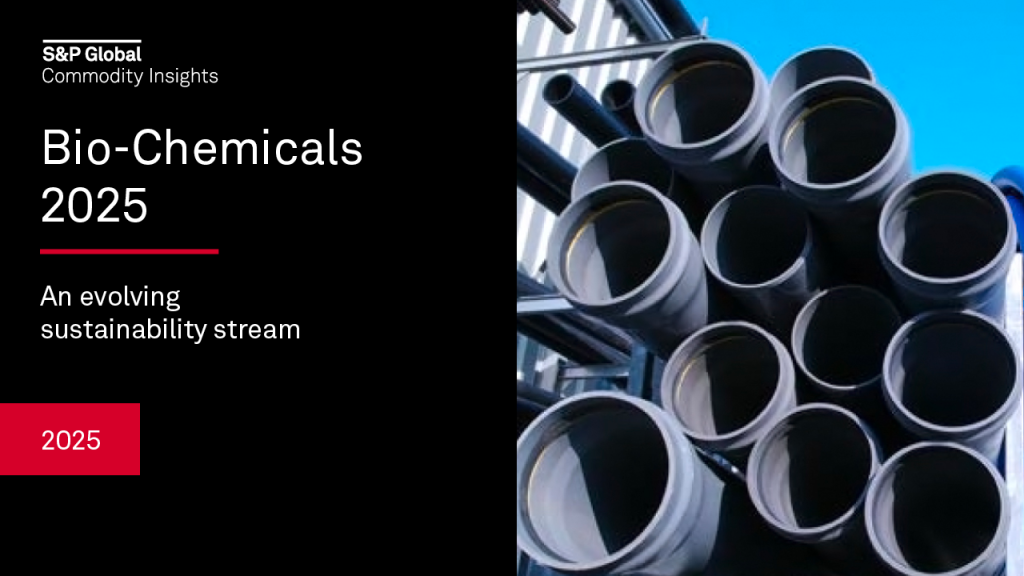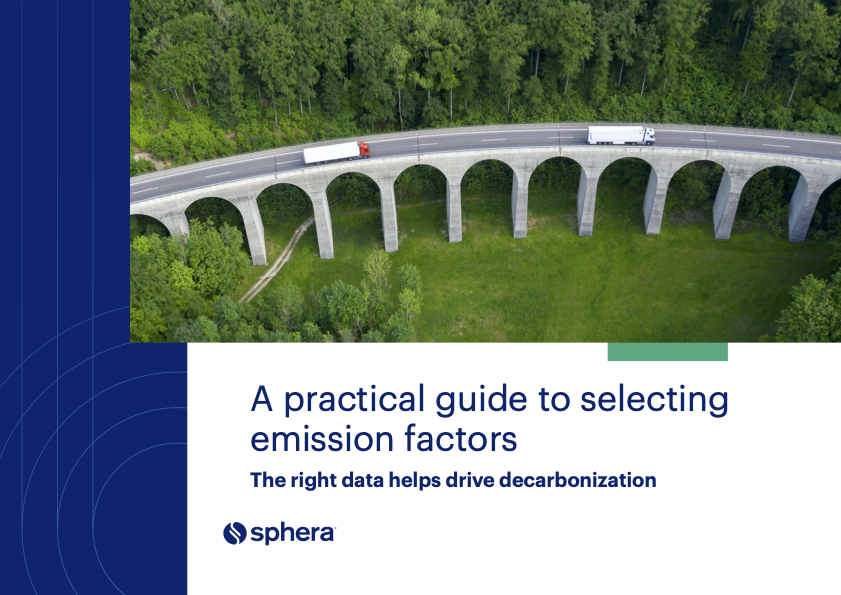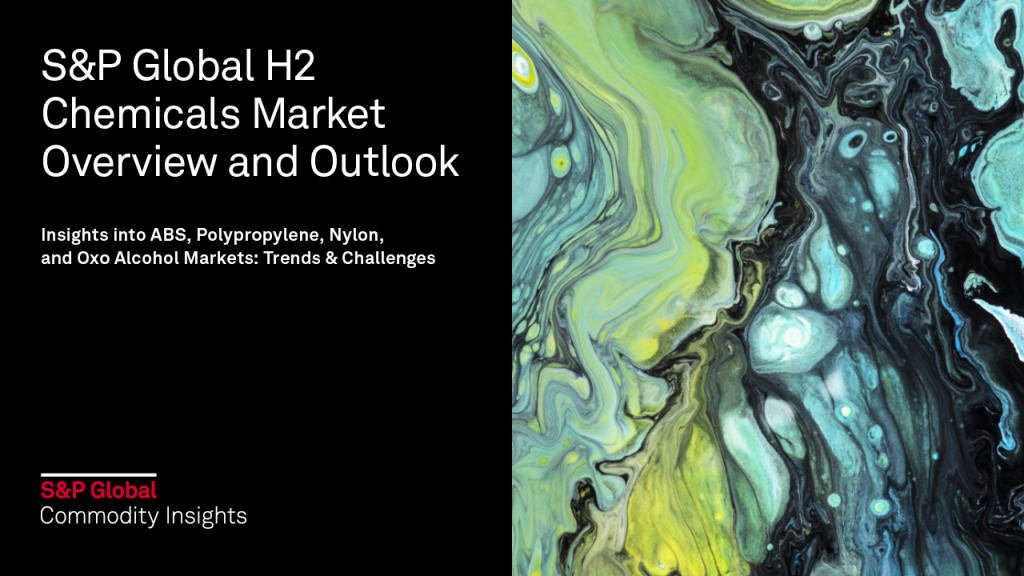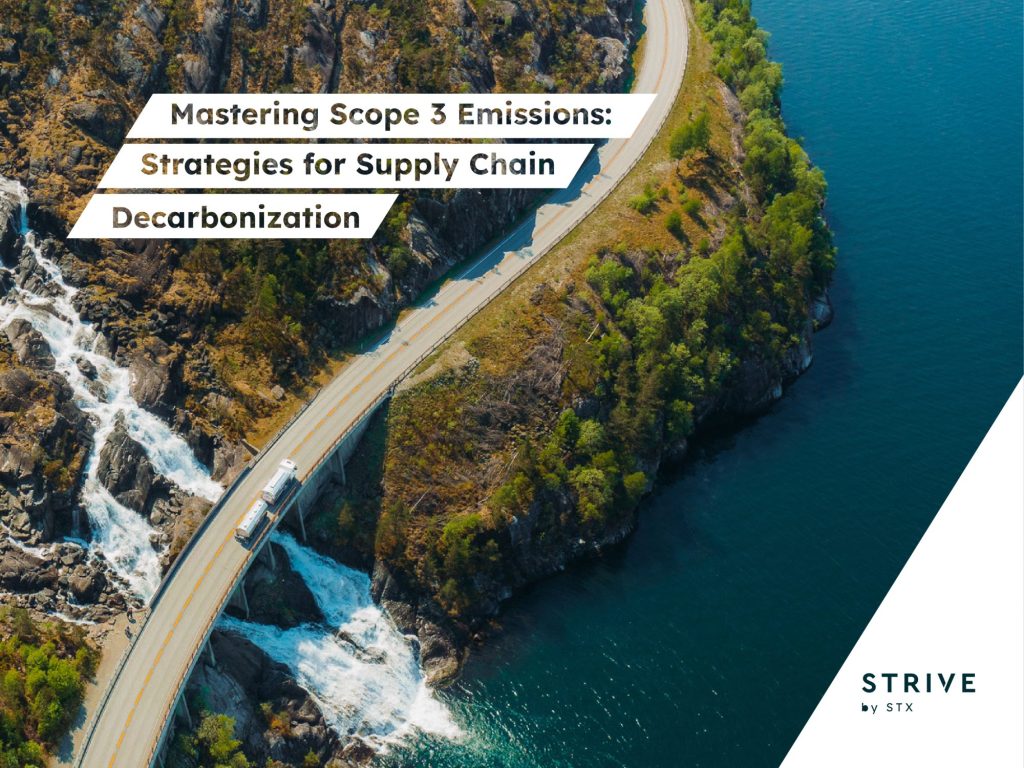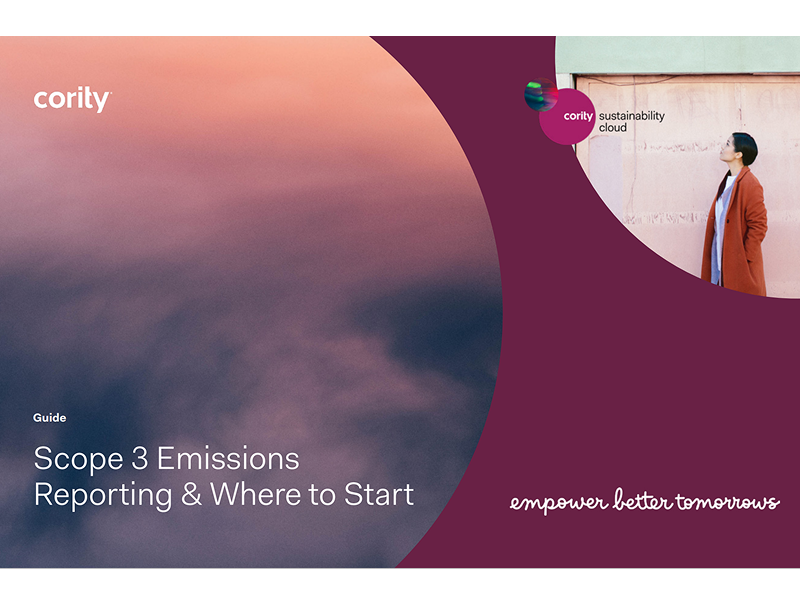Credo, Sephora and Ulta Beauty lean into data to help clean up beauty care
Beauty and personal care is largely unchecked by the FDA and EPA. A new industry group is releasing data showing replacing harmful chemicals may not be as daunting as once believed. Read More
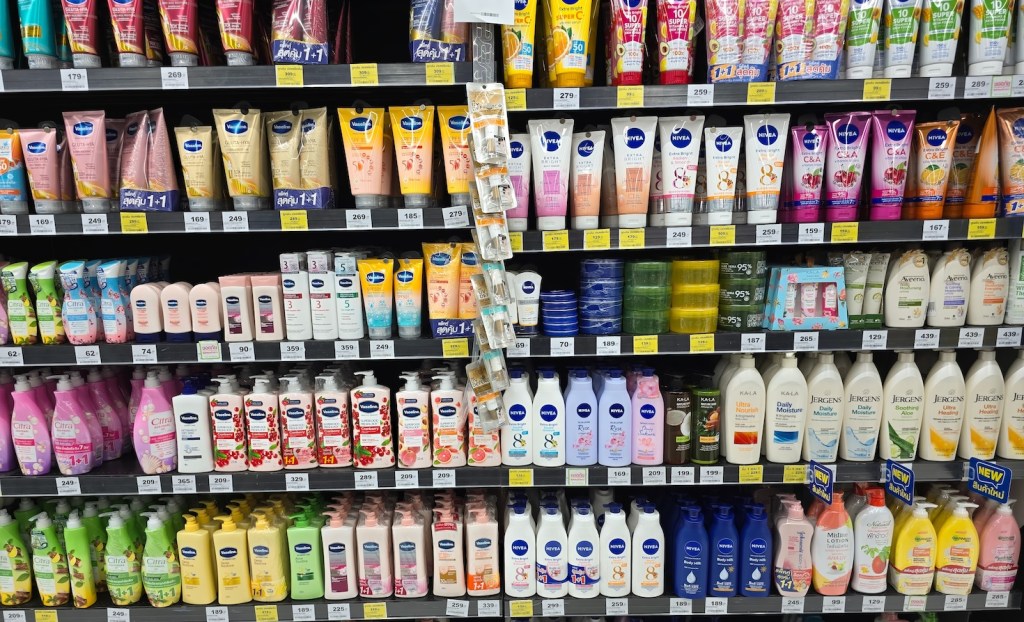
Fragrances, moisturizers and preservatives are just a few cosmetics ingredients often loaded with toxic substances. Carcinogens, neurotoxins and hormone disruptors lurk between the lines of ingredient labels.
The U.S. Food and Drug Administration does not require cosmetics companies to test their products for safety. The Environmental Protection Agency has little oversight over toxic substances in personal care. One in 12 products has at least one problematic ingredient, according to the Environmental Working Group. And every day, 15,000 new substances are added to the 200 million already listed in the American Chemical Society’s global registry.
That can feel like a Whac-a-Mole game for advocates of safer chemistry, including businesses, scientists and health care workers.
Nevertheless, replacing problematic chemicals in the $648 billion beauty and personal care industry may become less arduous than companies have believed for decades, according to information released Oct. 22 by Sephora, the Honest Company, ChemForward and others.
More than two-thirds of the chemicals commonly used in cosmetics are well understood and manageable, according to this handful of retailers, brands and nonprofits. And, contrary to conventional wisdom, the total number of unique ingredients in personal and beauty care may be in the thousands, not the tens or even hundreds of thousands.
That’s according to the Know Better, Do Better (KBDB) collaborative, formed in spring of 2023 with Sephora, Credo, Ulta Beauty, the Honest Company and Beautycounter. The nonprofit ChemForward leads the effort, also joined by the Environmental Defense Fund, as well as ingredient makers Dow and Inolex, to clean up the industry’s toxic footprint.
Businesses are serving a fast-growing niche of consumers snapping up “natural” or “clean” skin and hair products. The category is growing faster than beauty overall, according to NielsenIQ.

“Through this work, it’s clear that there’s a large appetite for more available hazard data on common ingredients used in our industry,” said Christina Ross, director of science and policy at Credo Beauty. “This collaboration has reinforced how important it is to use credible, objective data to inform ingredient safety to push the industry forward.”
The San Francisco makeup retailer opened in 2015 and helped to popularize the “clean beauty” movement. Clean at Sephora followed in 2018, and Target Clean in 2019.
The “Credo Clean Standard” requires brands in its catalog to test for a 2,700-item “dirty list” of ingredients, from aluminum to talc. “This work [with KBDB] has helped us to engage with our brand partners to make better ingredient choices that align with our standards,” Ross added.
“This goes back to the old adage, you know, you can’t manage what you don’t measure,” said Stacy Glass, co-founder and executive director of ChemForward, based in Durham, North Carolina.
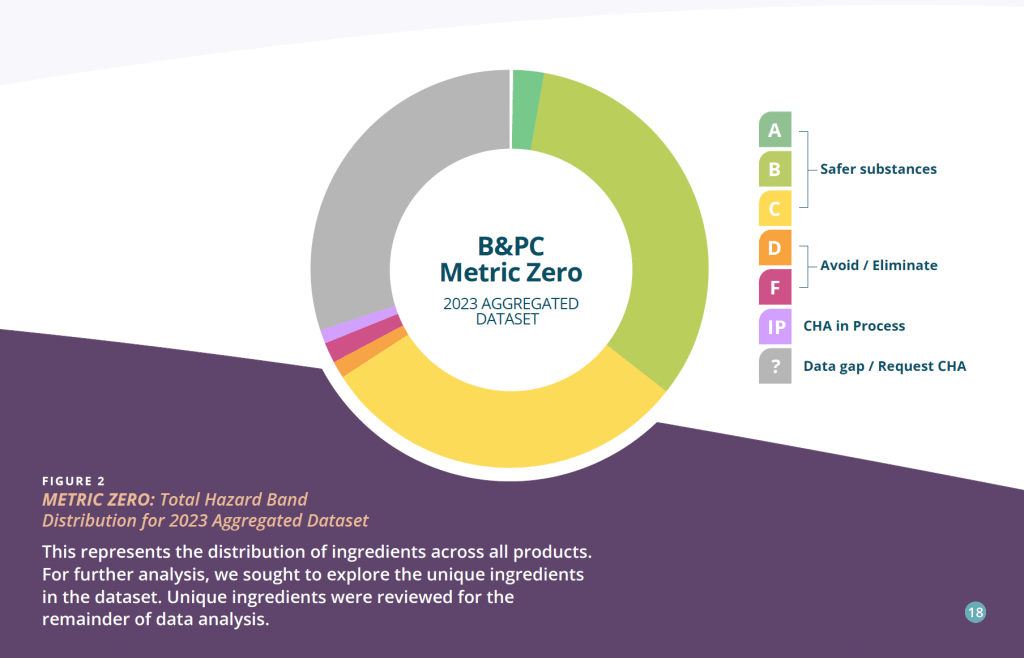
Know Better, Do Better sought to solve a challenge vexing the sector: Companies use “red lists” to identify chemicals that harm human health, wildlife and natural resources. But what should they use instead?
The collaborative whittled down a massive list of chemicals to a fraction of its original size. It also found copious safer options for most purposes. Among the findings in ChemForward’s Oct. 22 “Beauty & Personal Care Ingredient Intelligence Report”:
- Participants combed through 318,000 ingredients that appeared in more than 8,500 products. Their biggest hack was slashing duplicate listings, including for “agua,”or water.
- Ultimately, those ingredients amounted to a final count of 2,279.
- Forty percent of the total ingredients, 926 of them, appeared in less than 10 beauty or personal care products.
“It was what’s not known that really became the call to action,” Glass said. “Until we had this shared repository, we really couldn’t measure the transition to safer chemistry. There have been plenty of efforts to eliminate chemicals of concern once they’re identified, but so much unknown. And so now we can start to say, there is verified safer chemistry being used.”
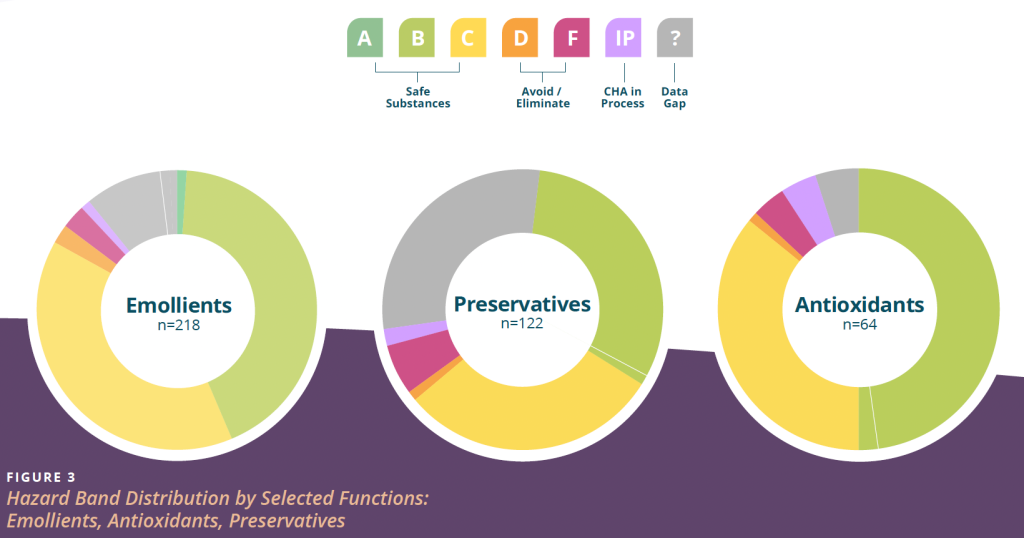
The collaborative labeled chemicals with letter grades from “A” to “F” and found:
- Among the chemicals characterized, only 3 percent had a “D” or “F” rating — 45 chemicals for companies to target for elimination.
- Thirty percent were data gaps, marked with a question mark rather than a letter grade.
- Most of the chemicals, 66 percent, were considered safer and earned a grade of “C” or higher.
To reach its conclusions, the collaborative’s members sponsored chemical hazard assessments. Companies including Tox Services, NSF International and Gradient perform those. The assessors own the data in the ChemForward database. Next, independent toxicologists performed a peer review for each chemical.
Know Better, Do Better members met quarterly, sharing their hazard assessments. They aim to produce “ingredient intelligence reports” annually. All in all, the brands have spent roughly $125,000 to yield results that members hope will lead more companies to detoxify their supply chains.
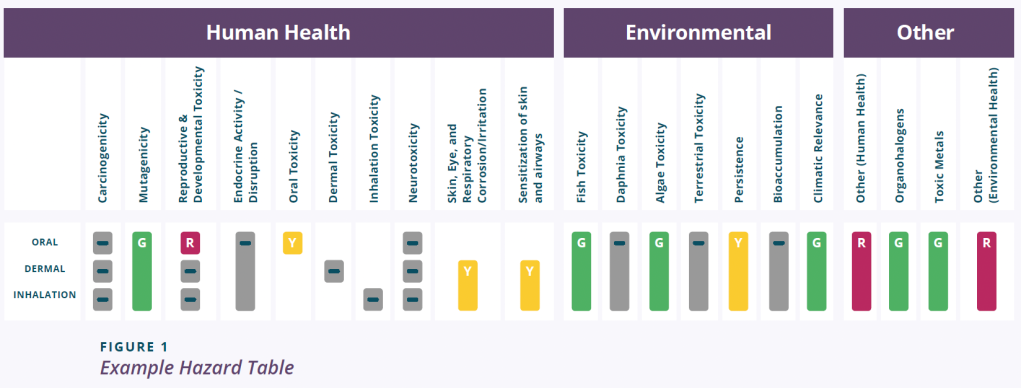
“Each company invests a little, but everybody benefits from the data, and they invest in the data that it’s going to benefit their data set the most,” Glass said. Reaching 100 percent understanding is unrealistic, but progress is possible for most ingredients, she added.
“It’s almost paradoxical that as we started to get into looking at the functional uses of these chemicals and the tens and thousands of chemicals, we thought it was going to be even harder to deal with this,” said Bill Walsh, director of the Safer Chemistry Impact Fund. “But paradoxically, it became easier.”
That should reassure business leaders fearing that taking a first step will result in bad news and no solution, he added. The fund, backed by Apple and Google, supports ChemForward’s efforts to help safer chemistry scale. It strives to raise $15 million in the next half decade to help companies transition away from polluting chemicals, which ChemForward poses as an “existential threat” to business along with carbon emissions.
“From a societal perspective, we really don’t want companies competing on the safety of their products, right?”

